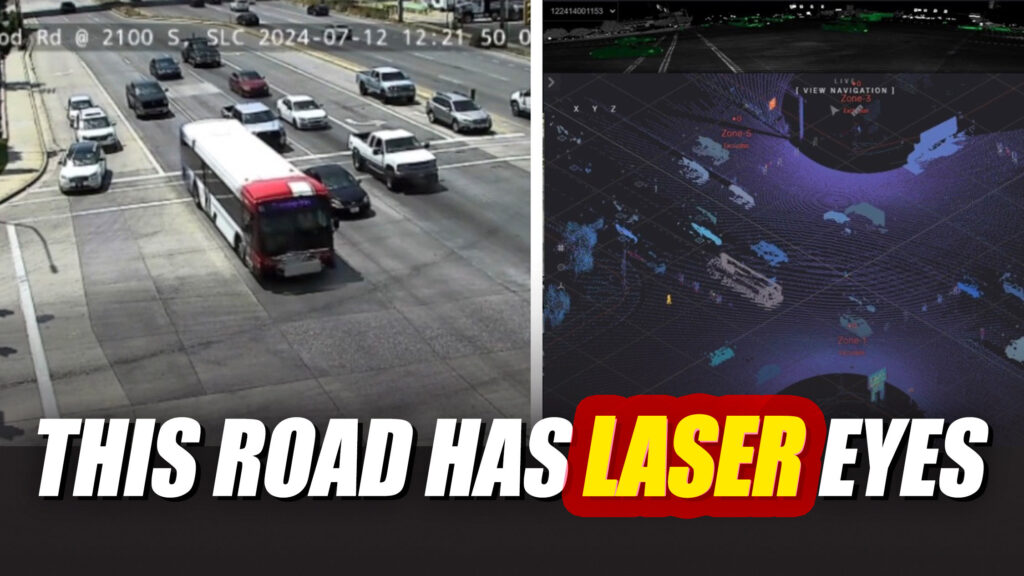Utah Uses LiDAR Technology to Improve Intersection Safety

Reducing Accidents with LiDAR
The Utah Department of Transportation (UDOT) is implementing LiDAR technology at intersections in Salt Lake City to enhance safety and reduce accident rates. LiDAR, short for Light Detection and Ranging, is a cutting-edge technology that has been used in high-end vehicles like the Mercedes S-Class for autonomous driving. Now, it is being utilized on roads to make intersections safer.
How LiDAR Works
LiDAR technology works by emitting laser pulses and measuring the time it takes for the light to bounce back after hitting an object. This allows for the mapping of movements across the entire intersection, providing valuable data for researchers. Unlike traditional cameras, LiDAR captures patterns and identifies areas where near misses occur frequently, as well as instances of jaywalking. It also records average speeds with 99.98% accuracy.
Real-Time Safety Adjustments
The UDOT’s LiDAR system not only helps in understanding intersection activity but also enables real-time adjustments to improve safety. For example, if a pedestrian is struggling to cross the road within the allotted time, the system automatically adjusts the signal timing to allow them to cross safely. This dynamic response ensures the safety of all road users.
Cost and Future Implementation
The cost of implementing the Panasonic-developed LiDAR systems has not been disclosed by the UDOT. However, it is part of a $20 million grant and will be expanded to other locations in the state. According to estimates, the technology is priced between $30,000-40,000. The UDOT’s initiative showcases the potential of LiDAR in improving intersection safety and reducing accidents.

